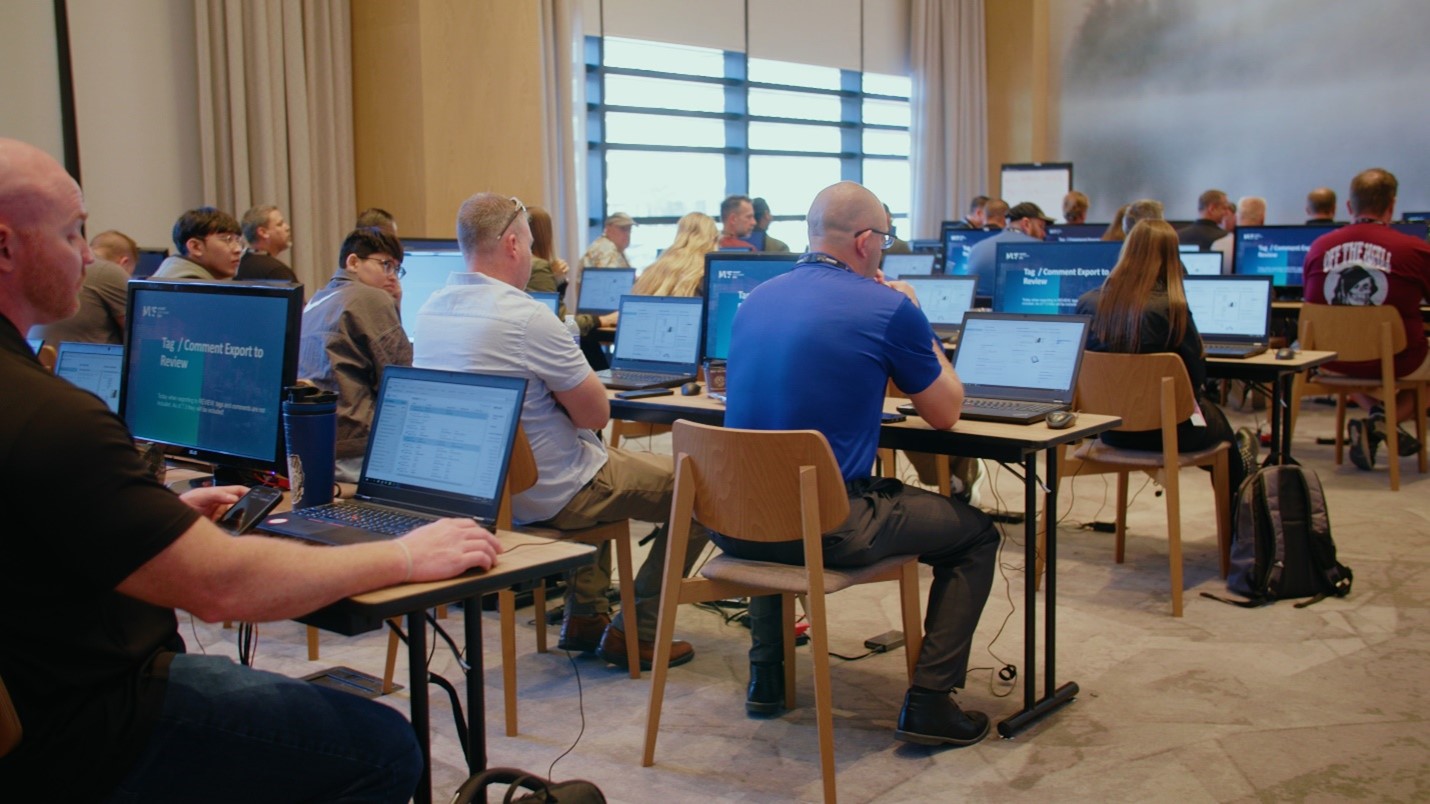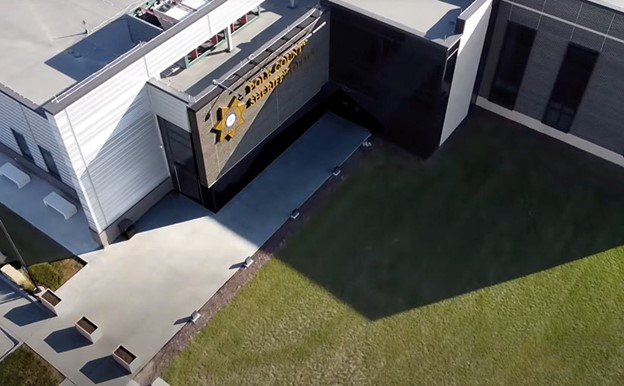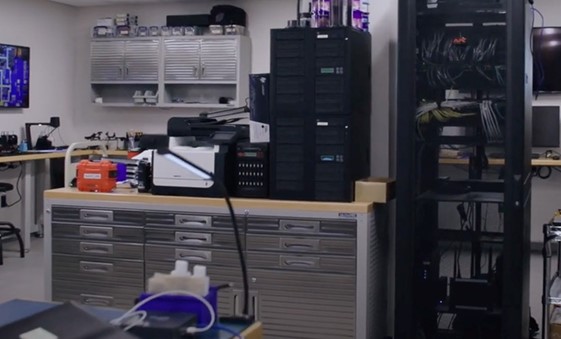The widespread use of mobile devices, computers, tablets, and cloud data has positioned digital evidence as a cornerstone in modern investigations. These devices are not only used everywhere, but they also hold vast amounts of data—data that can offer insights into an individual’s activities, serving as crucial digital footprints.
With competing departmental needs and priorities, it can be challenging to secure funding for all the resources necessary to protect your officers and ensure community safety.
Ensuring Community Safety Through the Investment in Digital Forensics
As law enforcement leaders continue to modernize their agencies, departments of all sizes are now regularly purchasing and using a wide variety of technology to assist them with solving crimes and keeping their communities safe.
Having a digital forensics lab that can properly process seized mobile phones, computers, and tablet is critical. When the police can access, analyze, and review digital evidence, they can solve crimes more quickly and bring justice to those who deserve it most. But building a digital forensics lab can be overwhelming, and it can be difficult to know where or how to best start the process. The follow questions can help guide the process:
-
- What training do I need before I build a digital forensics lab?
- How do I evaluate my digital lab requirements?
- How do I secure funding for my agency?
What training do I need before I build a digital forensics lab?
When it comes to building a digital forensics lab, the question often asked is “What tools should I have?”
The answer isn’t straightforward.
Before diving headfirst into purchasing equipment and software for the unit, agencies need someone on staff who understands this field so they can help implement the tools and programs in an operationally efficient manner. The digital forensics industry is a quickly growing and evolving space. Training can help leaders gain an understanding of what it takes to be successful in this field, identify best practices that are important for building and maintaining a lab, and much more.

There are multiple training opportunities that are available to law enforcement:
-
- National Computer Forensics Institute
- Federal Law Enforcement Training Center
- National White Collar Crime Center
- The International Association of Computer Forensic Specialists
In many areas, local colleges and universities offer free or low-cost introduction courses that may be a viable resource for police personnel.
Note: This is not an extensive list of available training opportunities nor are these programs sponsored or endorsed by Magnet Forensics. These offerings are based on the collected 30+ years’ experience of Magnet Forensics digital forensics experts. Please refer to your agency’s regional or state training regulations and requirements.
How do I evaluate my digital lab requirements?
After obtaining a better understanding of digital forensics, leaders need to determine the agency’s needs and capabilities as they relate to digital forensics. Defining the scope and core mission of the lab will help to accurately identify what resources are needed.
Use the Lab Scope and Lab Setup checklists below to help identify the agency’s needs as it relates mobile device forensics:
Lab Scope:
-
- How many digital devices (mobile phones, computers, tablets) have the agency encountered during investigations over the past two to three years? How has that changed over time?
- How many devices has the agency sent out to others for extractions and/or analysis?
- What types of cases involved digital evidence?
- Will the agency only process its own mobile devices or will it provide extraction support to neighboring agencies?
Lab Setup:
-
- Does the agency have a climate-controlled and fire-protected network server room?
- How many people will work in the lab?
- How much physical workspace is needed?
- Will devices, computers, and tablets be stored in the lab or a separate, isolated space?
- I a viewing room or an additional meeting room for case officers, defense attorneys, prosecutors, or others to view evidence needed?
- How will the agency log and control access to the lab and evidence?
Smaller agencies may benefit from checking to see if there are agencies in the area that also have similar digital forensics needs. Often, smaller agencies can partner together to share funding, resources, and lab space to help save on startup costs.
How do I secure funding for my agency?
With the shortage of funding, many law enforcement professionals are struggling to properly outfit their agencies and maintain critical operations. The idea of purchasing new technology and building new departmental capabilities can seem out of reach. However, federal and state grants provide a viable solution to overcome these financial hurdles, enabling agencies to access the critical resources needed for effective digital forensic investigations.
The following are some good resources to help you identify current grant opportunities to help you get started:
-
- Office of Justice Programs
- Grants.gov
- JUSTgrants
- Bureau of Justice Assistance
- National Institute of Justice
- The United States Department of Justice
Note: This is not an extensive list of available grants nor are these funding resources sponsored or endorsed by Magnet Forensics. These offerings are based on the collected 30+ years’ experience of Magnet Forensics team of digital forensics experts. Please refer to your agency’s regional or state funding regulations and requirements.
Funding tips & tricks:
-
- Stay aware of federal priorities.
- New grants will often be created to help support new federal priorities. Begin to think what crimes your agency is encountering and how they map to national initiatives.
- Start local.
- Check with your state or regional Attorney General’s office to identify local grant opportunities. In some cases, local competition for grants will be smaller than federal grants.
- Collaborate with other agencies.
- Some grants are designed to assist with regional-based initiatives and require multiple agencies to work together to share funded resources.
- Think outside of the box.
- Grants are typically designed to help law enforcement agencies.
- Address specific crimes. Digital forensics can play a role in almost every crime type, you just need to justify why.
- Engage your trusted technology partners.
Customer Spotlight: Building the Ultimate Digital Forensics Lab
The Polk County Sheriff’s Office invested heavily building out their digital forensics lab, which has allowed them to collaborate with other law enforcement agencies within the state of Iowa.

“It’s something that you are going to need to have. It’s not a cost, it’s an investment. You make the investment in your agency and in your people, it will reward you” says Kevin Schneider, County Sheriff, Polk County Sheriff’s Office.
Summary
While a digital forensics lab may seem like an unnecessary expense at first, the long-term benefits for law enforcement agencies are undeniable. The ever-growing use of mobile devices, computers, and tablets in criminal activity has made it increasingly important for agencies to have the resources they need to properly investigate and prosecute crimes that involve digital evidence. Agencies should take actionable steps to build their own digital forensics labs by identifying each agency’s needs, procuring core components, and securing funding.
Visit the Magnet Forensics Grant Assistance Program to learn more about how you can utilize grants to help you bolster your agencies digital forensic capabilities.



